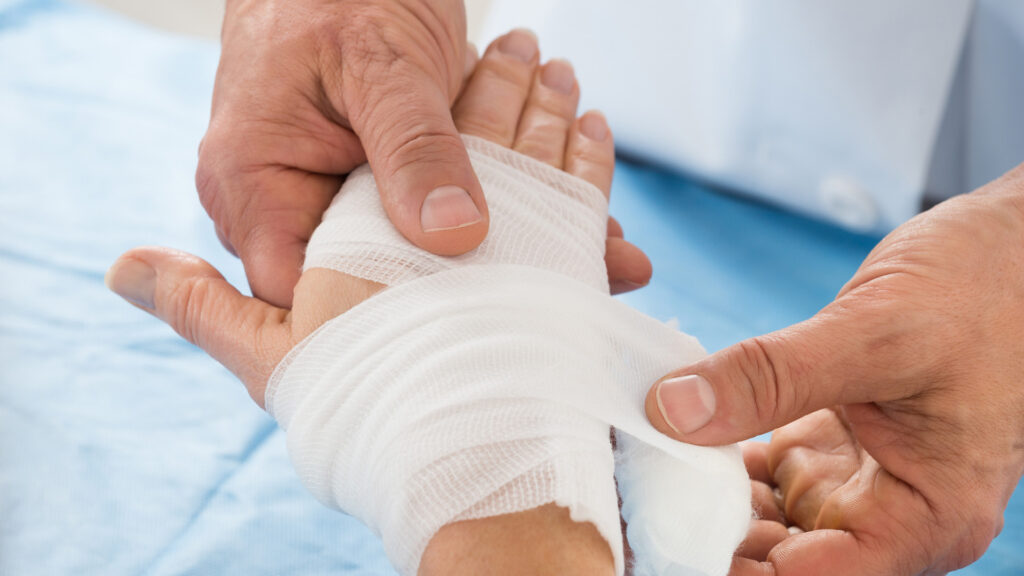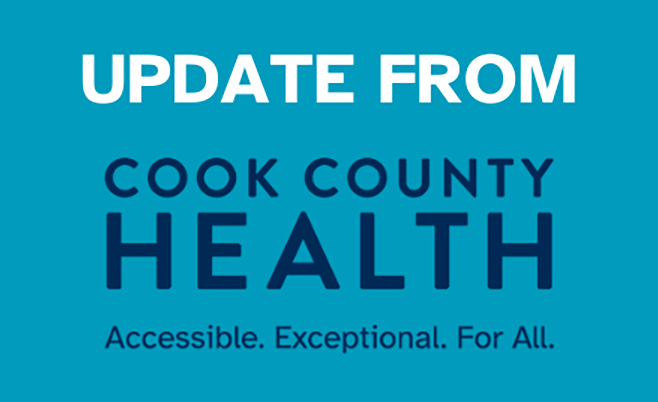
More than 400 patients were admitted last year with thermal, chemical and electrical burns, soft tissue wounds and complex diseases.
Located on the first floor of the hospital near the Emergency Department, the trauma area includes 15 trauma resuscitation bays, 12 trauma intensive care beds and a 10-bed trauma observation area where we can monitor those patients who require frequent assessment during the first 24 hours post injury. The burn unit has a six-bed intensive care unit and up to 12 convalescent beds.
Affecting only the outer layer of skin, causing mild pain and redness.
Damaging beyond the first layer, resulting in swelling, blistering, and potential scarring.
The most severe burns affecting deeper tissues, requiring immediate emergency care.
That do not heal within two weeks
Wounds that appear to be infected.
Burns that cover a large area or are located on the face, hands, feet, or major joints.
The Burn Unit has a six-bed intensive care unit and up to 12 convalescent beds.
We treat patients with thermal, chemical and electrical burns, as well as diseases such as toxic epidermal necrolysis, and all types of complicated soft tissue wounds.
Patients with serious or life-threatening injuries are brought directly to the Trauma resuscitation area. Most X-rays are done in our unit except CT scanning and angiography.
A physiatrist, or rehabilitation physician, is a medical doctor who specializes in physical medicine and rehabilitation (PM&R).
This physician can be an expert in nerves, muscles, bones and brains who diagnoses and treats injuries or illnesses that affect how you function and move. The physiatrist looks at the whole person and not just one symptom or condition.
The Rehabilitation Medicine department evaluates a patient’s rehabilitation needs during a hospital admission course. A physiatrist may assess patients and co-ordinate treatments alongside physical therapists, occupational therapists, and speech language pathologists. Trauma patients may need further therapies to transition back to home in a safe, functional manner.
The department also provides outpatient services through the Musculoskeletal Clinic, the Orthotics Clinic and the Amputee Clinic. Here, patients are provided with non-operative, conservative orthopedic and neurological care through a variety of means:
Lorem ipsum dolor sit amet, consectetur adipiscing elit, sed do eiusmod tempor incididunt ut labore et dolore magna aliqua. Ut enim ad minim veniam, quis nostrud exercitation ullamco laboris nisi ut aliquip ex ea commodo consequat. Duis aute irure dolor in reprehenderit in voluptate velit esse cillum dolore eu fugiat nulla pariatur. Excepteur sint occaecat cupidatat non proident, sunt in culpa qui officia deserunt mollit anim id est laborum.
